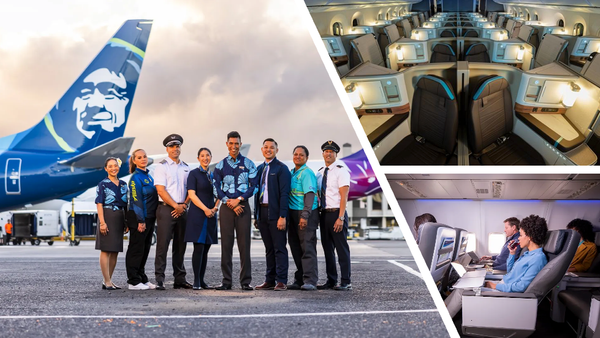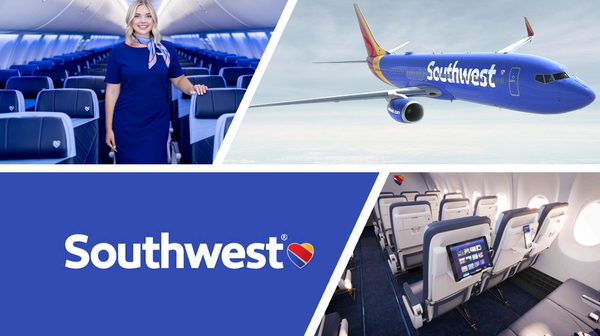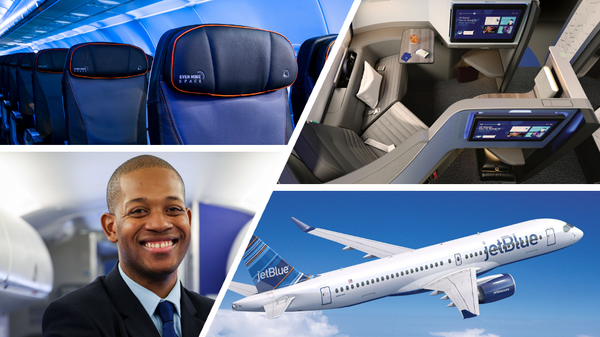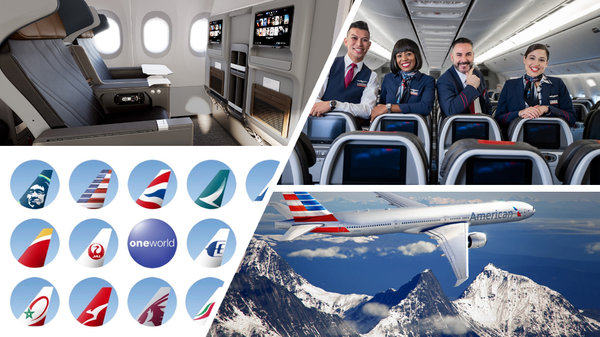OHANA: Hawaiian & Alaska Airlines Merge Forces
The merger of the two airlines could reshape U.S. aviation, offering customers an expanded route network, loyalty program integration, and enhanced service. While it promises benefits like more flight options, travelers may face disruptions during the transition process.
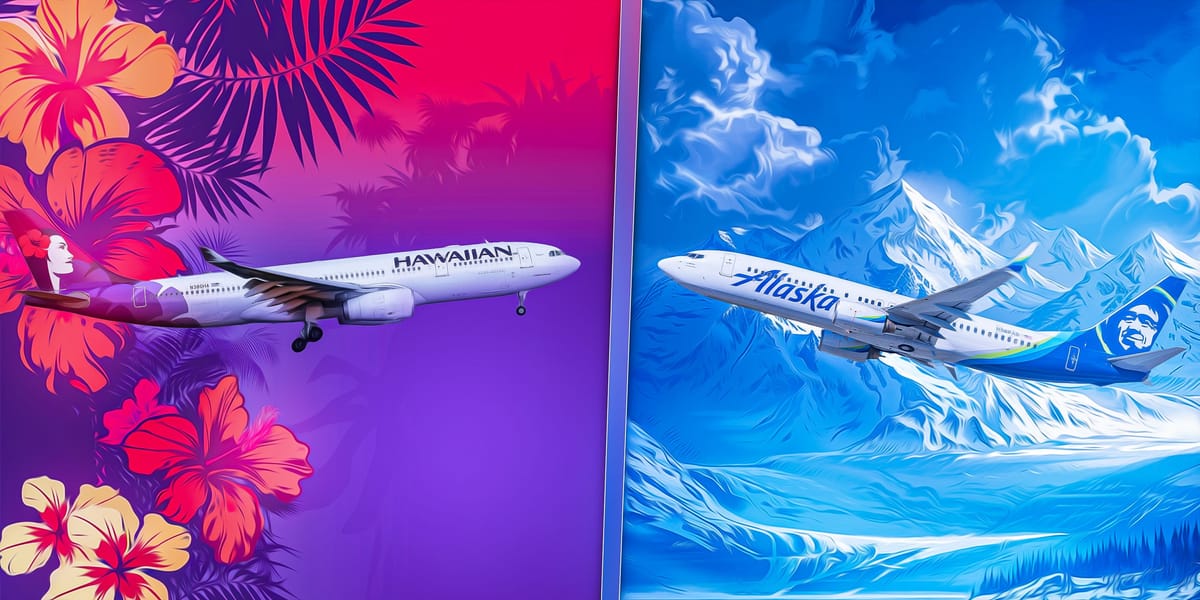

The potential merger between Alaska Airlines and Hawaiian Airlines is a significant development that could reshape the airline landscape in the U.S. and Pacific regions. This article will explore what such a merger means for customers, what to expect next, and the broader implications for both airlines and the aviation industry.
1. The Background of Alaska Airlines and Hawaiian Airlines
Before diving into the merger, it’s essential to understand the background of these two airlines. Both Alaska Airlines and Hawaiian Airlines have carved out unique niches in the U.S. aviation market, with distinctive service offerings, route networks, and customer bases.
Alaska Airlines:
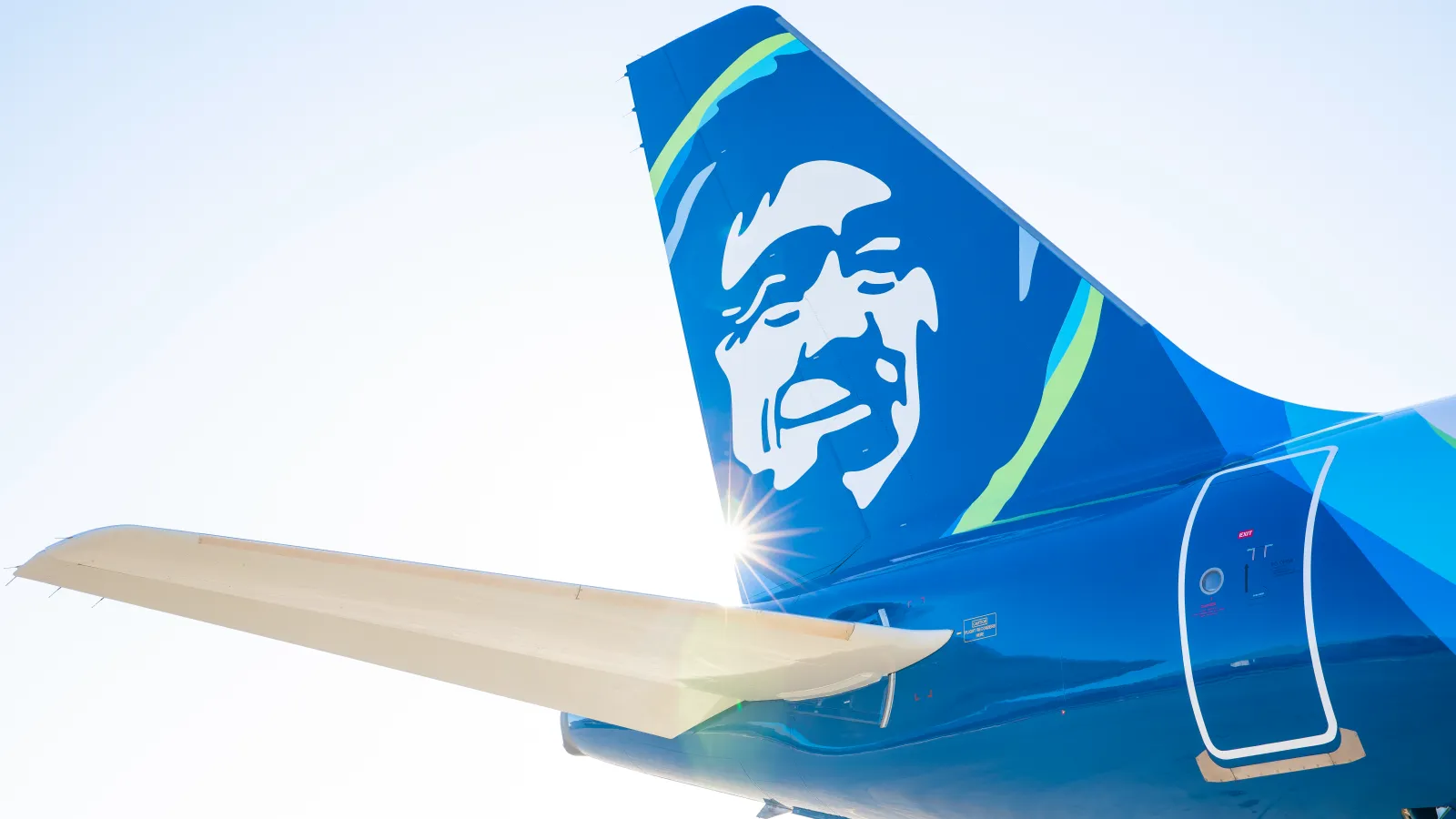
- Headquarters: Seattle, Washington
- Founded: 1932
- Focus: Alaska Airlines primarily serves the West Coast of the U.S. but has expanded its reach into international markets, especially since its acquisition of Virgin America in 2016. Known for its friendly service, frequent flier perks, and focus on environmental sustainability, Alaska Airlines has a loyal customer base.
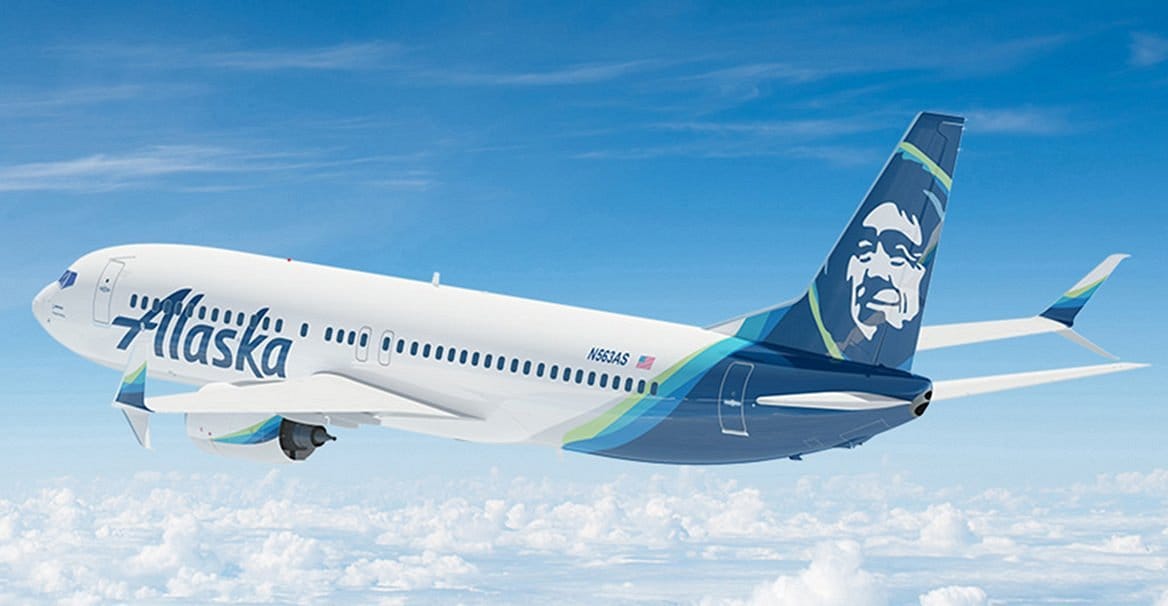
Hawaiian Airlines:
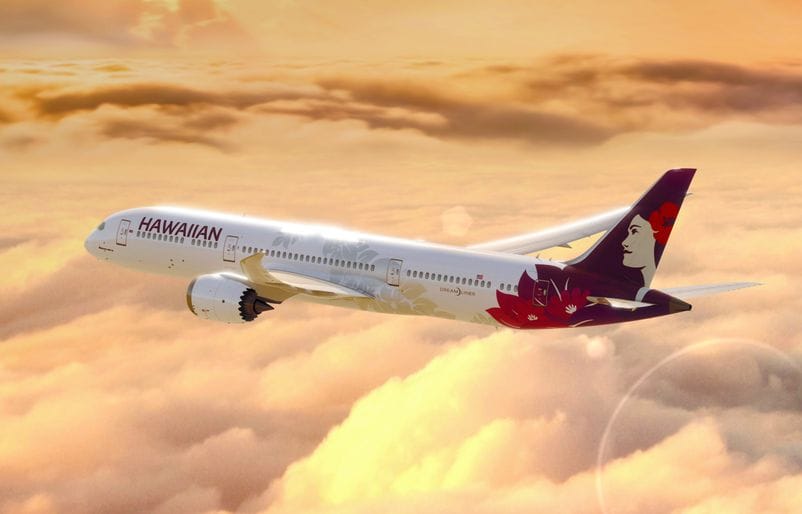
- Headquarters: Honolulu, Hawaii
- Founded: 1929
- Focus: Hawaiian Airlines specializes in travel to and from Hawaii, making it the largest carrier in the region. It serves both inter-island flights and long-haul routes to the mainland U.S., Asia, and Oceania. The airline is famous for its island-inspired service and hospitality.
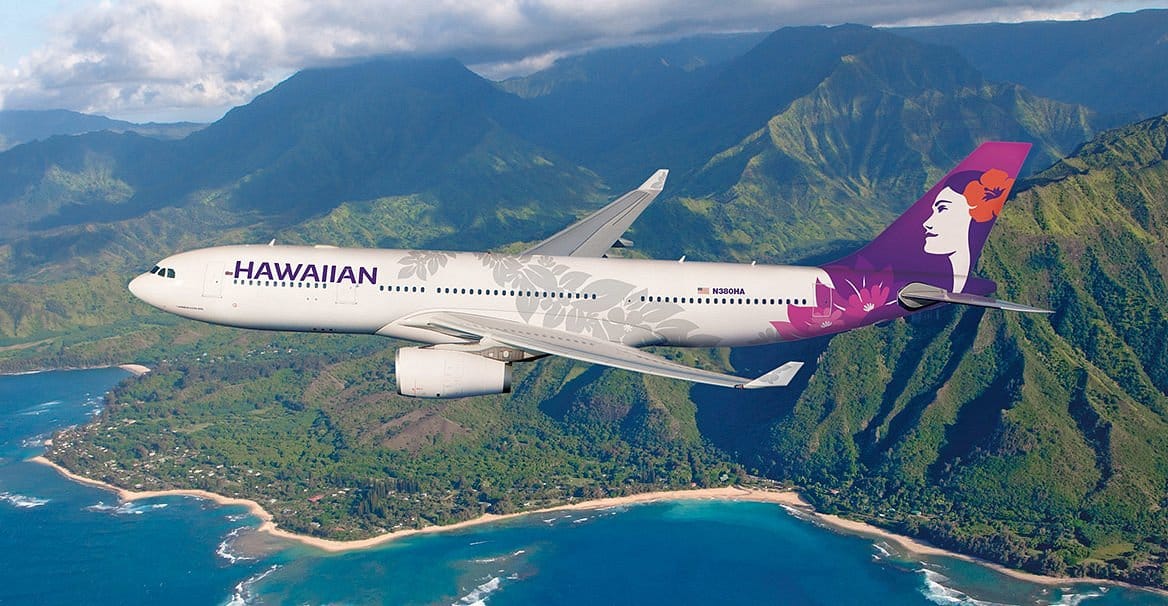
Both airlines are mid-sized, have a loyal regional following, and prioritize customer experience, which makes them stand out against larger national competitors like American, Delta, and United.



